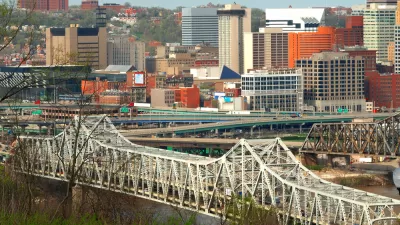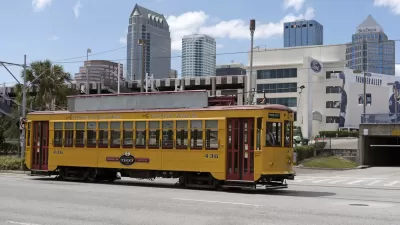Rural Washington communities want to see federal infrastructure funding allocated to projects in the historically neglected eastern parts of the state.

Jacob Jones of Crosscut.com describes the projects that rural leaders in Washington state hope will be funded through the Infrastructure Investment and Jobs Act (IIJA). But many worry that rural areas will be ignored by the state legislature. "Of $4 billion allocated to new and existing highway projects in the transportation proposal before the Legislature this year, just $2.5 million (less than 1%) goes to projects east of the Cascades."
According to the article, "Rural communities have prioritized additional state dollars for economic development, water treatment systems, broadband networks, mental health services and flood control measures. Smaller cities and counties have also asked for more predictable shared revenue and flexibility on local tax options."
"Local leaders around the state say they are watching where those dollars go, as they make their own decisions on how to use federal recovery money to rebuild their communities. While local cities and counties have control over how some federal infrastructure dollars can be spent, they must wait for the Legislature to decide how the rest of the billions in transportation stimulus money will be distributed."
Jones mentions that "The transportation package would still offer billions of dollars to many cities outside the Puget Sound region to pay for switching bus fleets to electric, fish barrier removal, safety programs, new bike trails and many other initiatives. About $151 million would go to railroad line rehabilitation in Eastern Washington."
FULL STORY: Rural WA wants in on state highway, health and housing dollars

Maui's Vacation Rental Debate Turns Ugly
Verbal attacks, misinformation campaigns and fistfights plague a high-stakes debate to convert thousands of vacation rentals into long-term housing.

Planetizen Federal Action Tracker
A weekly monitor of how Trump’s orders and actions are impacting planners and planning in America.

Chicago’s Ghost Rails
Just beneath the surface of the modern city lie the remnants of its expansive early 20th-century streetcar system.

Bend, Oregon Zoning Reforms Prioritize Small-Scale Housing
The city altered its zoning code to allow multi-family housing and eliminated parking mandates citywide.

Amtrak Cutting Jobs, Funding to High-Speed Rail
The agency plans to cut 10 percent of its workforce and has confirmed it will not fund new high-speed rail projects.

LA Denies Basic Services to Unhoused Residents
The city has repeatedly failed to respond to requests for trash pickup at encampment sites, and eliminated a program that provided mobile showers and toilets.
Urban Design for Planners 1: Software Tools
This six-course series explores essential urban design concepts using open source software and equips planners with the tools they need to participate fully in the urban design process.
Planning for Universal Design
Learn the tools for implementing Universal Design in planning regulations.
planning NEXT
Appalachian Highlands Housing Partners
Mpact (founded as Rail~Volution)
City of Camden Redevelopment Agency
City of Astoria
City of Portland
City of Laramie





























